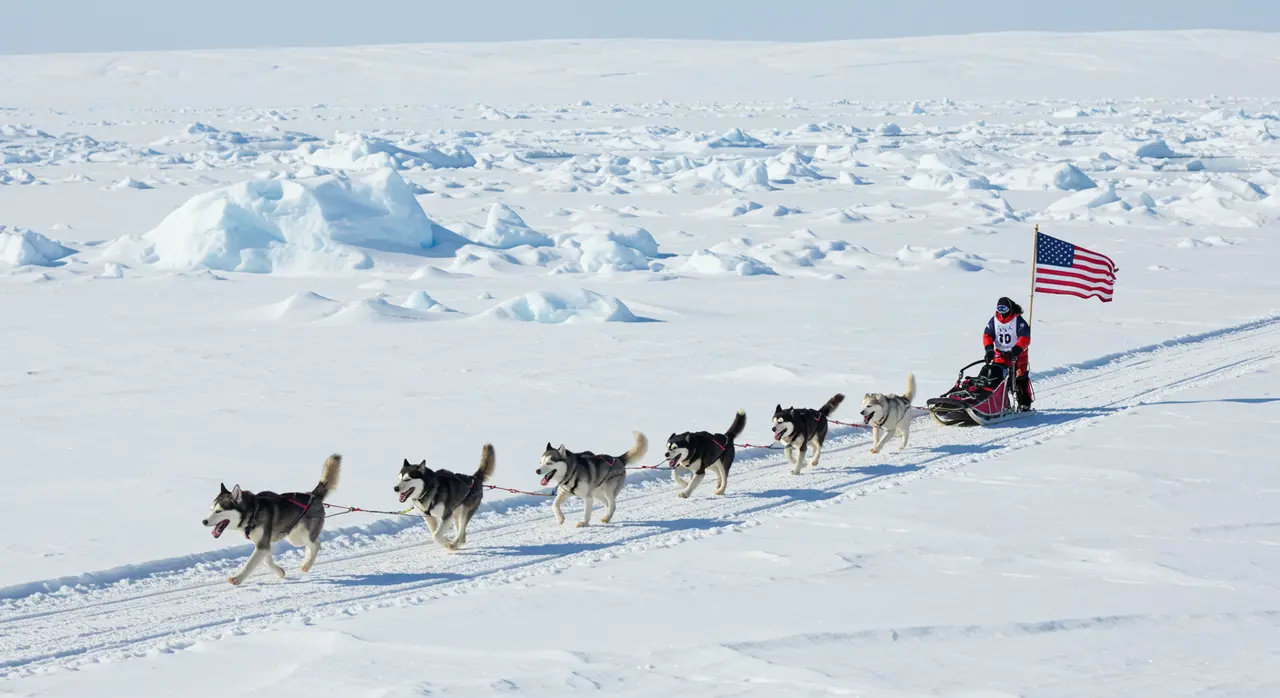Vice President JD Vances Greenland Visit Sparks Autonomy Debate Amid U.S. Influence Concerns
110 views
Vice President JD Vance's visit to Greenland, accompanied by Second Lady Usha Vance and National Security Adviser Mike Waltz, has ignited a storm of local discontent. Framed as an expedition to explore the cultural and historical richness of the Arctic territory, the trip includes attendance at a U.S.-sponsored dogsled race, a gesture ostensibly aimed at fostering goodwill. Yet, the shadow of President Donald Trump’s past remarks suggesting U.S. control over Greenland looms large, prompting Greenland's Prime Minister Mette Egede to dismiss the visit as unofficial and criticize what she perceives as a dismissive attitude toward the region’s autonomy.
Greenland’s Crossroads: Politics, Climate, and Identity
The controversy surrounding the vice presidential visit underscores the delicate balance Greenland must maintain as a semi-autonomous territory of Denmark. While Greenland governs its own internal affairs, Denmark retains control over national security and currency matters. This arrangement has long been a point of pride for Greenlanders, who view their autonomy as a cornerstone of their identity. Trump’s earlier musings about acquiring Greenland were met with widespread indignation, and the echoes of those remarks have resurfaced in the wake of Vance’s arrival.

Prime Minister Egede’s sharp critique reflects broader concerns about Greenland’s treatment by foreign powers. Her comments highlight a growing unease about external influences, particularly as the territory’s strategic importance continues to rise. The melting of Greenland’s ice sheet due to climate change has revealed vast mineral deposits, drawing the attention of global mining interests. Researchers have warned that this critical juncture in Greenland’s environmental and economic trajectory could shape its future for generations to come. For many locals, the visit by U.S. officials feels less like a cultural exchange and more like a calculated move to assert influence over a land whose resources are becoming increasingly valuable.
The inclusion of a dogsled race in the itinerary might appear innocuous, even charming, but it has not softened the perception of the visit as a political maneuver. Dogsledding, a traditional mode of Arctic transportation, holds deep cultural significance for Greenlanders. Some critics argue that the sponsorship of such an event by the U.S. risks trivializing a cherished tradition, turning it into a spectacle for diplomatic posturing rather than a genuine celebration of Greenlandic heritage.
Beyond the immediate controversy, the visit raises broader questions about Greenland’s position in the global landscape. As the Arctic continues to thaw, the region is emerging as a geopolitical hotspot, with nations vying for access to its untapped resources and strategic advantages. Greenland’s semi-autonomous status complicates its ability to navigate these pressures independently, leaving it vulnerable to the ambitions of larger powers. For the United States, Greenland represents not only an opportunity for resource extraction but also a potential foothold in the Arctic, a region whose importance is set to grow in the coming decades.
While Vice President Vance has remained tight-lipped about the political implications of his visit, his presence in Greenland is unlikely to be forgotten soon. For Greenlanders, the visit serves as a stark reminder of their precarious position in the global order—a territory rich in culture and resources but perpetually at risk of being overshadowed by the interests of more powerful nations.
As the dogsleds race across the icy terrain, the tensions underlying the visit remain palpable. Greenland’s future hangs in the balance, shaped by the interplay of climate change, resource extraction, and geopolitical maneuvering. For now, the territory’s leaders and citizens are left to grapple with the implications of foreign interest in their homeland, determined to safeguard their autonomy and cultural heritage in the face of mounting external pressures.